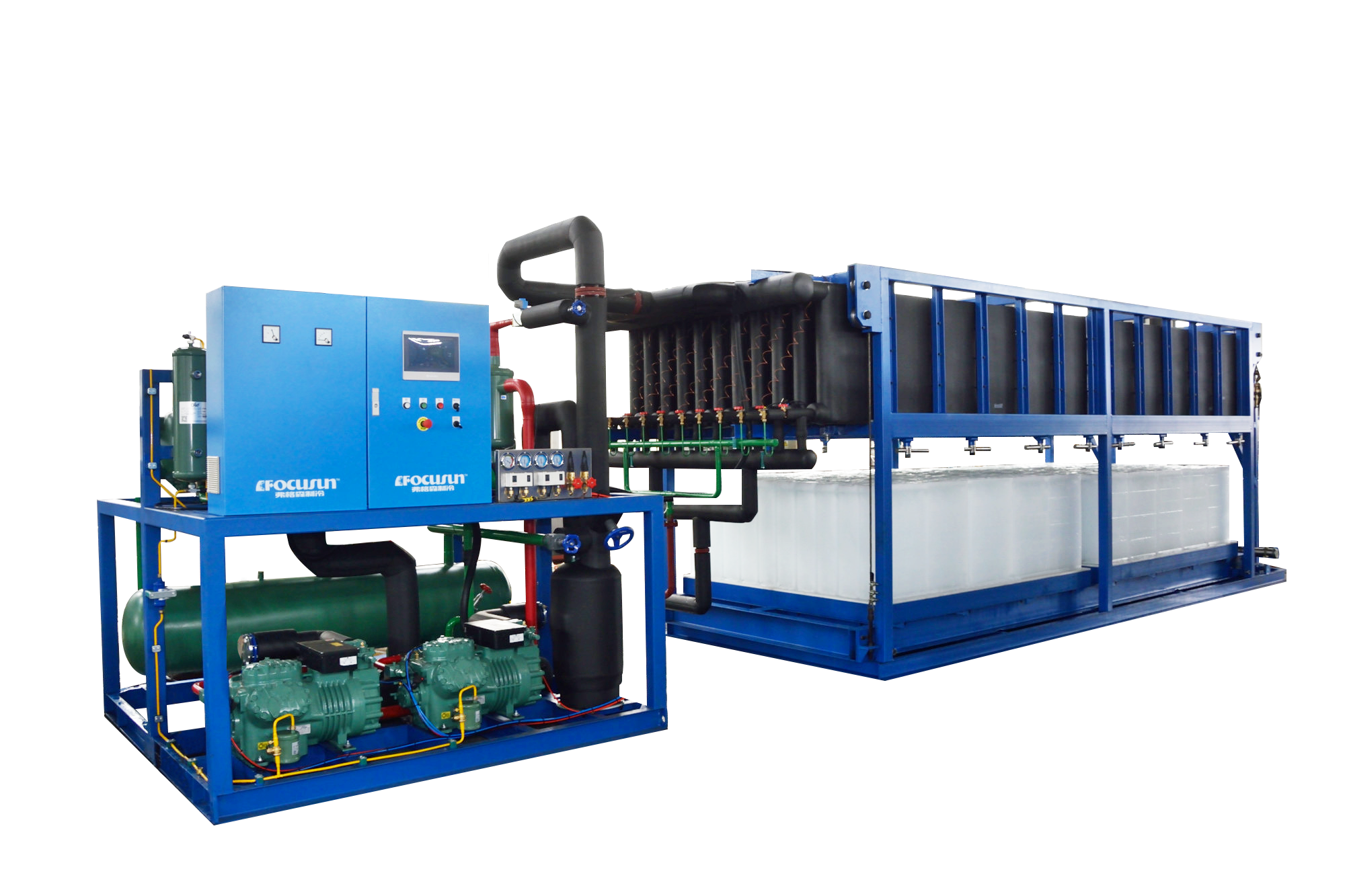3
2017

Global Applications and Impact of Refrigeration
Today, there are around 2 billion household refrigerators and over 40 million square meters of cold-storage facilities operating worldwide. In the U.S. alone, over 8 million refrigerators are sold each year. Beyond our homes, restaurants, and supermarkets, refrigeration has global applications with a positive impact upon the economy, technology, social dynamics, health, and the environment.
Global Economic Applications
The refrigeration industry employs more than 2 million people worldwide, especially in the service sectors. Refrigeration is necessary for the implementation of many current or future energy sources (hydrogen liquefying for alternative fuels in the automotive industry and thermonuclear fusion production for the alternative energy industries).
The petrochemical and pharmaceutical industries also need refrigeration, as it is used to control and moderate many types of reactions.
Heat pumps, operating based on refrigeration processes, are frequently used as an energy-efficient way of producing heat.
The production and transport of cryogenic fuels (liquid hydrogen and oxygen), as well as the long-term storage of these fluids, is necessary for the space industry.
In the transportation industry, refrigeration is used in marine containers, reefer ships, refrigerated rail cars, road transport, liquefied gas tankers etc.
Global Health Applications
In the food industry, refrigeration contributes to reducing post-harvest losses while supplying safe, foods to consumers by enabling perishable foods to be preserved at all stages from production to consumption by the end-user.
In the medical sector, refrigeration is used for the vaccine, organs, stem cells’ and others’ storage, while cryotechnology is used in surgery and other medical research courses of action.
Global Environmental Applications
Refrigeration is used in biodiversity maintenance based on the cryopreservation of genetic resources (cells, tissues, and organs of plants, animals, and micro-organisms);
Refrigeration enables the liquefaction of CO2 for underground storage, allowing the potential separation of CO2 from fossil fuels in power stations via cryogenic technology.
The Environmental Dimension of Refrigeration
At an environmental level, the impact of refrigeration is due to: atmospheric emissions of refrigerant gases used in refrigerating installations and the energy consumption of these refrigerating installations which contribute to CO2 emissions – and consequently to global warming – thus reducing global energy resources. The atmospheric emissions of refrigerant gases are based on the leaks occurring in insufficiently leak-tight refrigerating installations or during maintenance-related refrigerant-handling processes.
Depending on the refrigerants used, these installations and their subsequent leaks can lead to ozone depletion (chlorinated refrigerants like CFCs and HCFCs) and/or global warming, by exerting an additional greenhouse effect (fluorinated refrigerants: CFCs, HCFCs, and HFCs). From a consumption point of view, it is necessary to remember that households are responsible for about 26.2% of the global energy consumption.[18] While the Montreal Protocol banned the use of CFCs followed by HCFCs, the global efforts aimed at reducing the environmental impact of refrigeration have taken three courses of action:
Reduction in direct emissions of fluorocarbons in the atmosphere based on better containment of refrigerants,
Refrigerant charge reduction and development of alternative refrigerants with negligible or no climate impact;
Reduction in energy consumption due to the increasing energy efficiency of refrigerating plants.
safety valve (for automotive applications) and residential window air-conditioners.
The Future of Refrigeration
In October 2016, negotiators from 197 countries have reached an agreement to reduce emissions of chemical refrigerants that contribute to global warming, re-emphasizing the historical importance of the Montreal Protocol and aiming to increase its impact on the use greenhouse gases besides the efforts made to reduce ozone depletion caused by the chlorofluorocarbons. The agreement closed at a United Nations meeting in Kigali, Rwanda set the terms for a rapid phasedown of hydrofluorocarbons (HFCs) which would be stopped from manufacturing altogether and have their uses reduced over time.
The UN agenda aims to find a new generation of refrigerants to be safe from both an ozone layer and greenhouse effect point of view. The legally binding agreement could reduce projected emissions by as much as 88% and lower global warming with almost 0.5 degrees Celsius (nearly 1 degree Fahrenheit) by 2100.
Contacts & Support
Focusun Refrigeration CorporationRoom 603, Baohong Center
No. 7755 Zhongchun Rd
Shanghai CHINA
ZipCode: 201100
Tel: +86-21-5108 9946
Fax: +86-21-5227 2259
Email: enquiry@focusun.com
Sales: sales@focusun.com
Marketing: marketing@focusun.com
Press: press@focusun.com
Newsletter: newsletter@focusun.com









